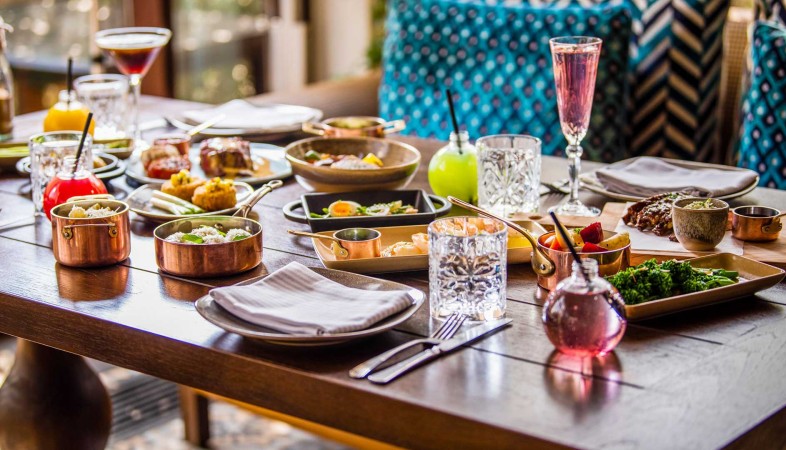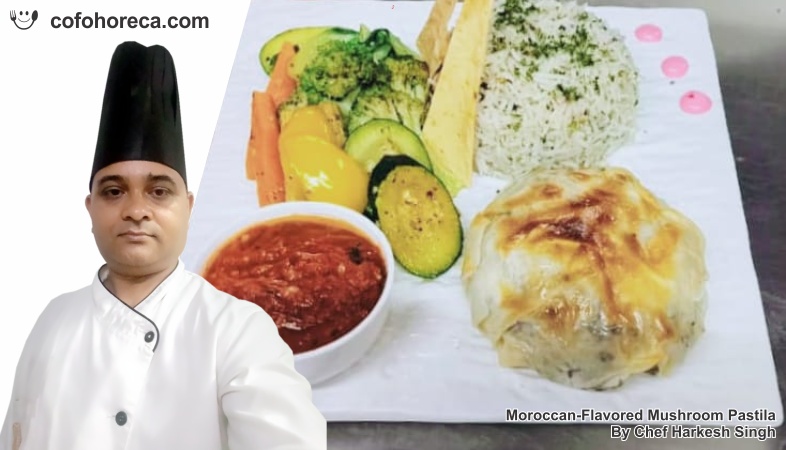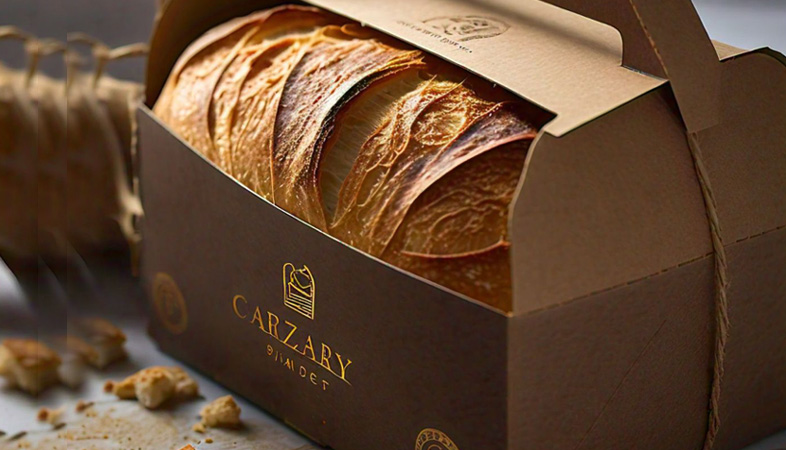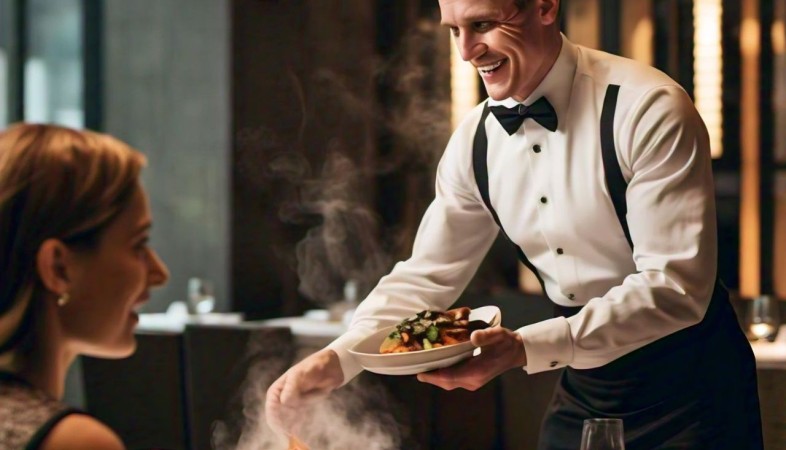SHARE
Commercials
More Posts
Jul 03, 2025
How Front Desks Handle Guest Complaints Effectively
Jun 29, 2025
Food and Beverage Pairing: Perfecting the Match
Jun 22, 2025
Customized Cupcakes: A New Avenue for Bakers
Jul 03, 2025
How Front Desks Handle Guest Complaints Effectively
Jun 29, 2025
Food and Beverage Pairing: Perfecting the Match
Jun 22, 2025
.png)

















 at The Aviyaan.jpeg)










